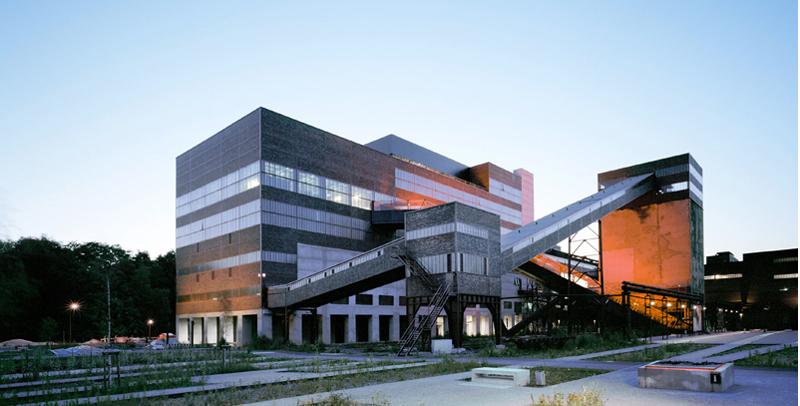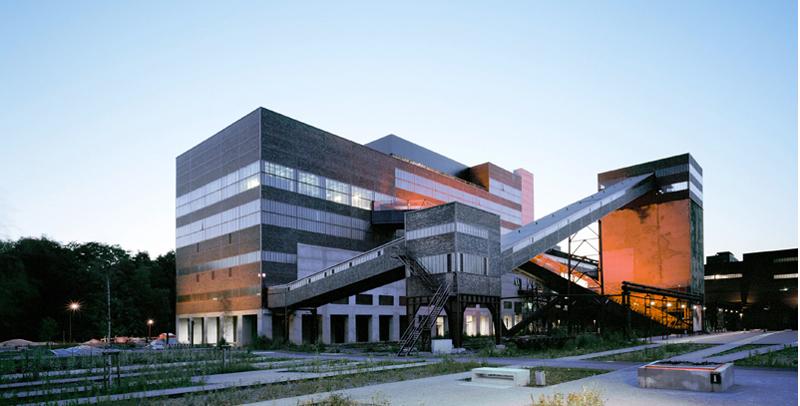Ruhr Museum

The architects’ manifold design, which changes in character from one area to the next, is for the most part restrained, yet without forgoing the requisite mise en scène; for example, some of the finer exhibits are deliberately set off against the rough, stained walls.
The museum as a whole confronts visitors with a veritable flood of images and visual impressions.
Roughly 80 per cent of the machinery, for example, has been been left in place for reasons of conservation, a fact which posed something of a challenge for the museum designers from HG Merz in Stuttgart, who were forced to lay out the various collections and exhibitions around the existing objects.
Despite the changes that have been made, this impressive industrial monument is not just a container for the objects on display; in a sense, it forms part of the exhibition itself.
Where once “black gold” was washed and sorted by complex and highly rationalized industrial processes, the natural and cultural history of the Ruhr area is now presented on three levels in a new integrated concept.
This institution, which regards itself as the repository of the region’s memories, is probably the visually most fascinating of the new exhibition facilities completed in time for the Ruhr 2010 celebratory year.
At the heart of the former coal mine, the monumental coal-washing plant (converted some years ago by Rem Koolhaas in collaboration with Böll and Krabel) provides a new home for the Ruhr Museum, which opened in January 2010.
Museum Design: HG Merz
Architects (refurbishment coal-washing plant): Heinrich Böll + Hans Krabel, Essen / Office for Metropolitan Architecture (OMA), Rotterdam
The Zollverein coal mine in Essen may be seen as a symbol of the region’s transformation process. Erected around 1930 by Fritz Schupp and Martin Kremmer as a unified whole, the complex is recognized today as a World Heritage Site. Starting in 1989, it was rehabilitated step by step by the Essen architects Heinrich Böll and Hans Krabel, and numerous institutions have since established themselves there, from the design museum by Foster + Partners to SANAA’s Zollverein School (both with Böll and Krabel).
Architects (refurbishment coal-washing plant): Heinrich Böll + Hans Krabel, Essen / Office for Metropolitan Architecture (OMA), Rotterdam
The Zollverein coal mine in Essen may be seen as a symbol of the region’s transformation process. Erected around 1930 by Fritz Schupp and Martin Kremmer as a unified whole, the complex is recognized today as a World Heritage Site. Starting in 1989, it was rehabilitated step by step by the Essen architects Heinrich Böll and Hans Krabel, and numerous institutions have since established themselves there, from the design museum by Foster + Partners to SANAA’s Zollverein School (both with Böll and Krabel).
